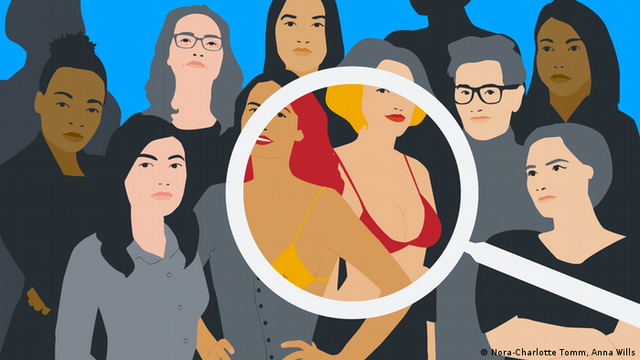
Are women from Eastern Europe or South America very sexy and thinking about dating? An analysis by Deutsche Welles shows that Google serves as a catalyst for sexist clichés.
"Google Images" gives the world a face: Who will see what he or she looks like will google search once. A Deutsche Welle research concludes what distorted results the research giant's algorithms lead to. Deutsche Welles journalists have analyzed more than 20,000 images and web pages. Result: English photo searches with keywords like "Brazilian women", "Dominican women", "Thai women", "Ukrainian women" lead to more pictures of young girls in provocative poses and outfits than Google search for " American women. " And if you search for "German women", more images of athletes and politicians emerge. This is a model that is immediately understood because it is confirmed by simple research. But analyzing the results is more difficult. Determining what makes a sexist image, of course, is subjective and depends on the cultural, moral and social context.
What makes a look provocative?
To classify thousands of images, DW Analysis relied on Google's own mechanism, Cloud Vision Safesearch, an artificial intelligence application. This image processing software is programmed to distinguish images with a specific content. Google uses it to mark "provocative" looks with sexy outfits, where strategically hidden nudity is exposed with provocative poses. Images of certain body parts are also identified. In keyword search Dominican or Brazilian women, google offered up to 40% provocative views. The result of the search with the American women keyword has produced only 5% such images, the search with the German women keyword only 4%.
The use of such algorithms is contested because the use of such computer programs is subject, perhaps even more, to various cultural prejudices or dictates than the human eye. At another point this particular software has produced racist results. Google artificial intelligence that works like a closed system can result in distortions in results. On the other hand, the mechanical verification of the images that Cloud Vision categorized as explicit images, showed that the result was worth it: They are a look at how Google's own technology evaluates the images shown by the search engine.





